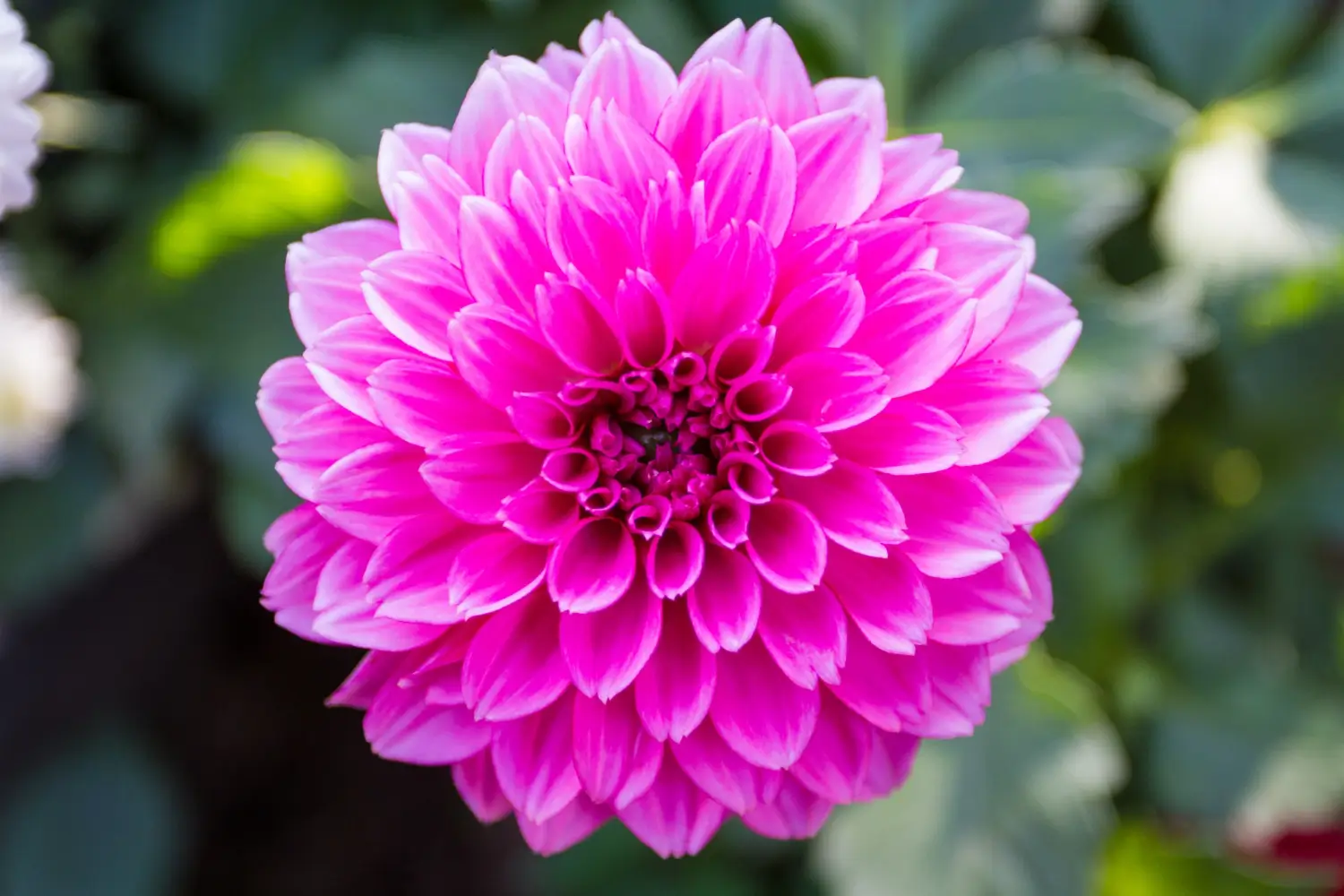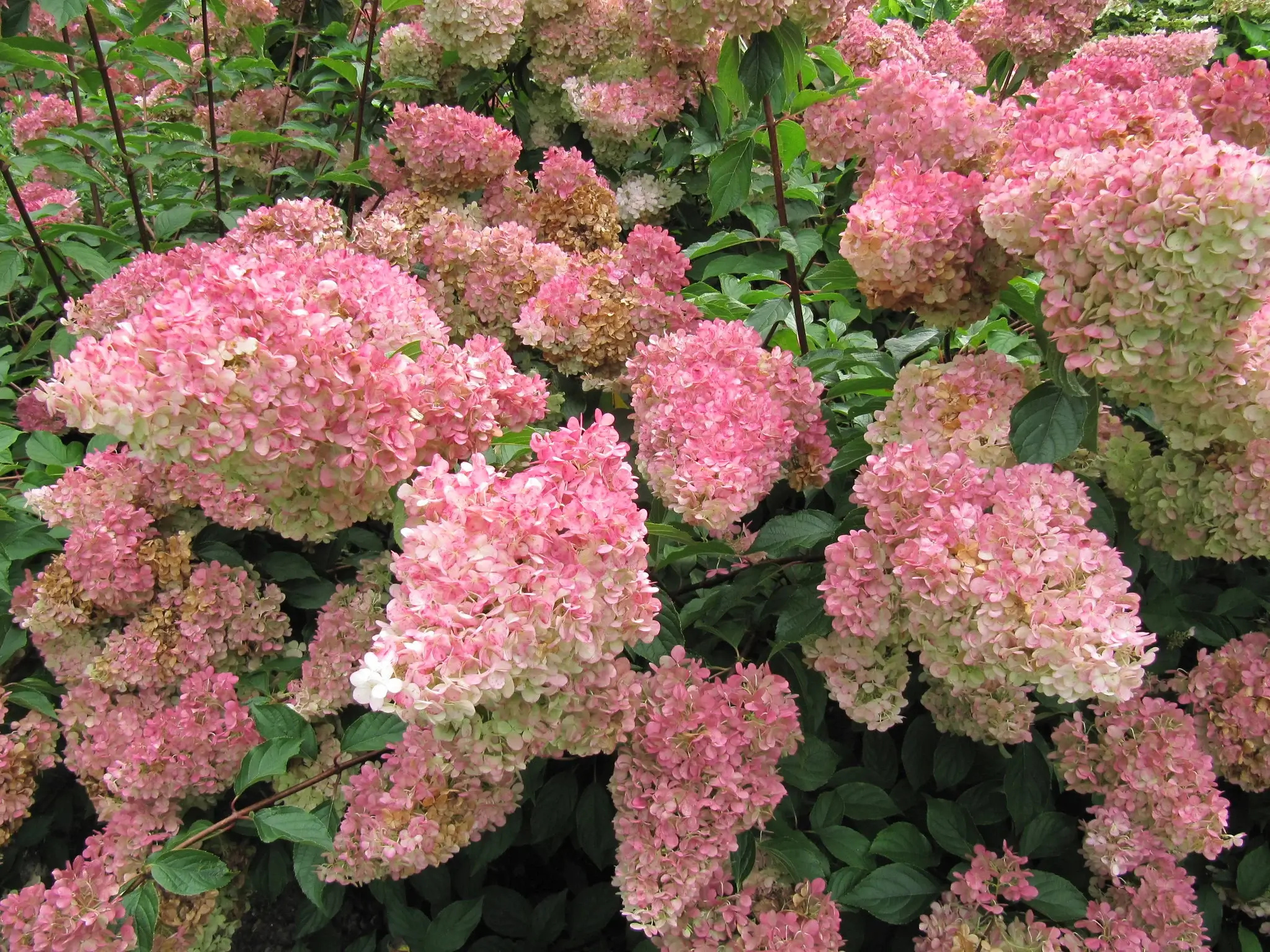
Soil Health & Fertilization
We unite suppliers and green industry professionals worldwide
Want a tough, low-maintenance plant that’ll bring a pop of color to your garden? How about Dalmatian Bellflower (Campanula portenschlagiana)!
By Victor Miller
|Published on June 15, 2025


“Flowers are the sweetest things God ever made and forgot to put a soul into.” – Henry Ward Beecher
Want a tough, low-maintenance plant that’ll bring a pop of color to your garden? How about Dalmatian Bellflower (Campanula portenschlagiana)! With vivid blue to purple bell-shaped flowers, this perennial will grow in most situations and blooms generously through summer. Planted as ground cover or in containers, Dalmatian Bellflower will add charm and beauty to your garden year after year.
| Scientific Name | Campanula portenschlagiana |
| Common Names | Dalmatian Bellflower, Trailing Bellflower |
| Height | 6-8 inches (15-20 cm) |
| Spread | 12 to 18 inches (30-45 cm) |
| Hardiness Zones | 4-9 |
| Foliage | Clump-forming, dark green leaves |
| Blooms | Bell-shaped blossoms in blue, purple, or violet |
| Best Used | As ground cover, in containers, in hanging baskets |

September 25, 2025
9 minute read
September 24, 2025
9 minute read
September 23, 2025
10 minute read
September 22, 2025
9 minute read


Join as a seller and connect with thousands of B2B buyers nationwide!
Sign Up

Dahlia
What’s not to love about a flower that delivers drama, color and resilience? Dahlias are really the perfect choice.

Zigzag Plant
Also known as Fishbone Cactus or Epiphyllum anguliger, the Zigzag Plant earns its extraordinary name from its dramatic, serrated leaves that grow in a zigzag—or fishbone—pattern.

Zinfin Doll Hydrangea
The Zinfin Doll Hydrangea (Hydrangea paniculata 'Zinfin Doll') is a panicle-type hydrangea that has large, cone-shaped flowers which emerge pure white, then turn a shade of blush pink by mid-summer, and deepen to rich rose-pink as the season progresses.

Zonal Geranium
The Zonal Geranium (Pelargonium × hortorum) is the type of geranium that most people think of: showy clusters of flowers in red, pink, salmon or white rising above lush, rounded leaves.
Dalmatian Bellflower is a charming, easy-to-grow perennial that flourishes with minimal attention.. It can be grown in sunny locations or shadier areas, and is therefore suitable for gardens of any type. Dalmatian Bellflower has a trailing nature and a long period of bloom time making it an ideal choice for use in garden beds, hanging baskets, or in containers.
Dalmatian Bellflower prefers full sun to partial shade. It should grow in conditions with four to six hours of sun a day, but it can put up with a little shade, especially in hotter climates. More sun will yield more blooms, although too much intense heat will cause the plant to wilt.
Best grown in loamy, well-draining soil. Although it isn’t fussy, Dalmatian Bellflower prefers slightly acidic to neutral soil. Add things like compost to heavy or clay soil to aid drainage and a thriving root system.
Dalmatian Bellflower is fairly drought-tolerant when established, but it does prefer regular watering during dry periods. Water deeply so the roots receive enough moisture, but take care you do not over-water, which will cause root rot. Water regularly to keep the soil evenly moist, particularly in the growing season, but let it dry out a bit between watering.
Pruning Dalmatian Bellflower is easy and will help it produce new growth and prolong the flowering time. After the plant has finished blooming, deadhead fade-flowers to stop seeds developing and re-direct the plant’s energy into new growth and more flowers. You can also prune back leggy knots of stems or cut the plant back in late fall in preparation for the next season. Prune lightly to retain a tidy habit and encourage a fuller, denser appearance.
This plant can be propagated through division or stem cuttings.
Dalmatian Bellflower works well for container gardens, window boxes or hanging baskets. Choose a well-draining pot to prevent soggy roots, and use a well-draining potting mix. Water frequently, particularly in hot summer months, and fertilize the plant every 4-6 weeks with a balanced fertilizer to promote ongoing blooming. Dalmatian Bellflower is great in containers, where its forward-facing growth will tumble over the sides for a lovely burst of color in your out-of-doors decor.
Dalmatian Bellflower is tough and can survive cold winters in USDA zones 4-9. However, it’s always best to give yourself a little extra protection during the colder months. In the autumn, once the plant has done blooming, cut off any dead growth and mulch around the base to insulate the roots. Move potted plants as needed to a sheltered area, like a garage or porch, to keep them safe from freezing. In the spring, trim off any leftover dead growth so new shoots can come up.
The plant blooms profusely from late spring through summer, producing clusters of bell-shaped flowers in hues of blue, violet, or purple. It's a fantastic addition to any garden that is host to pollinators as its flowers attract important insects including bees and butterflies. This plant has an extended bloom time of several weeks, and you can extend your bloom time even further by deadheading your flowers. In some areas, Dalmatian Bellflower will repeat flower in the fall if the weather is warm enough.
Dalmatian Bellflower is a fairly low-maintenance plant, though there are a few common problems that it can run into from time to time:
Prune the spent flowers to encourage the formation of new blooms and avoid having the plant concentrate on seed development.
It tolerates partial shade, but for optimal blooming it requires at least a few hours of sun each day.
The creeping habit of Dalmatian Bellflower allows it to spread fairly rapidly. It can fill in garden beds or hanging baskets in a season and is a good choice for ground cover.
Yes — that Dalmatian Bellflower is fairly deer resistant — but when food is short, starving deer cannot be picky and they may nibble on it.
Dalmatian Bellflower is also easy to grow from seeds, though stem cuttings are easier to propagate. Four to six weeks before the last frost, start seeds inside, when seedlings are strong enough, transplant them.

Soil Health & Fertilization
Victor Miller

Pest Identification & Prevention
Victor Miller

Lawn Care Tips & Maintenance
Victor Miller

Soil Health & Fertilization
Victor Miller

Smart Irrigation Systems
Victor Miller

Patios, Walkways & Driveways
Victor Miller

Soil Health & Fertilization
Victor Miller

Pest Identification & Prevention
Victor Miller
My Account
Our team is always here to help.
We are open Monday - Friday, 9:00 AM to 4:30 PM PST.